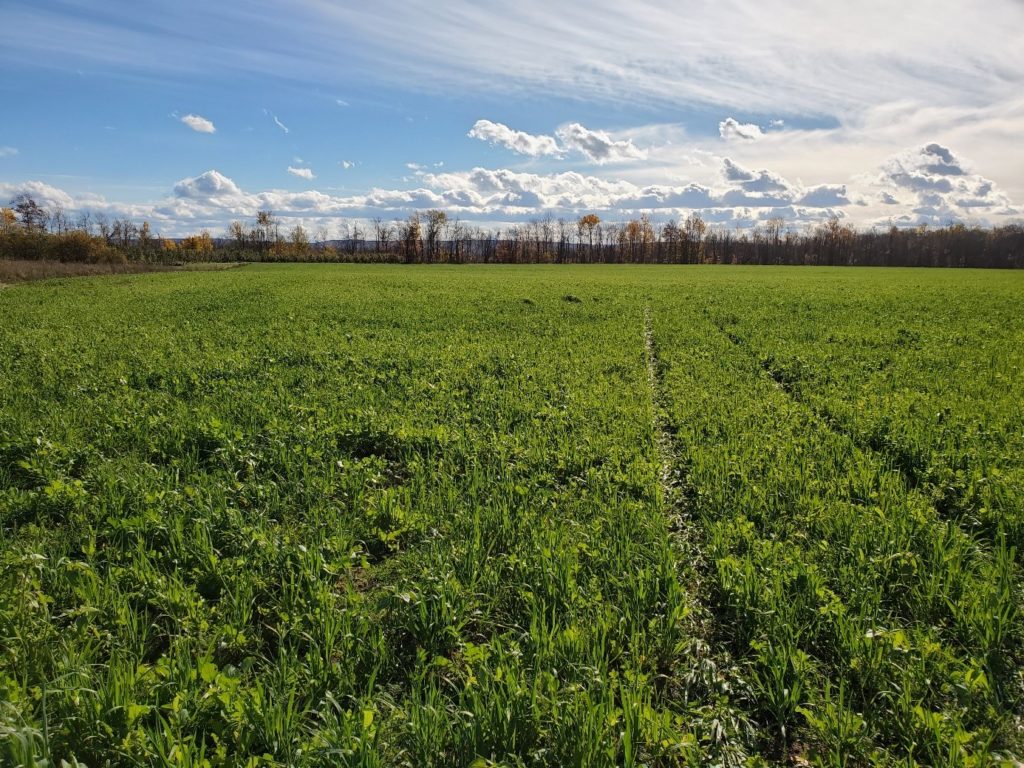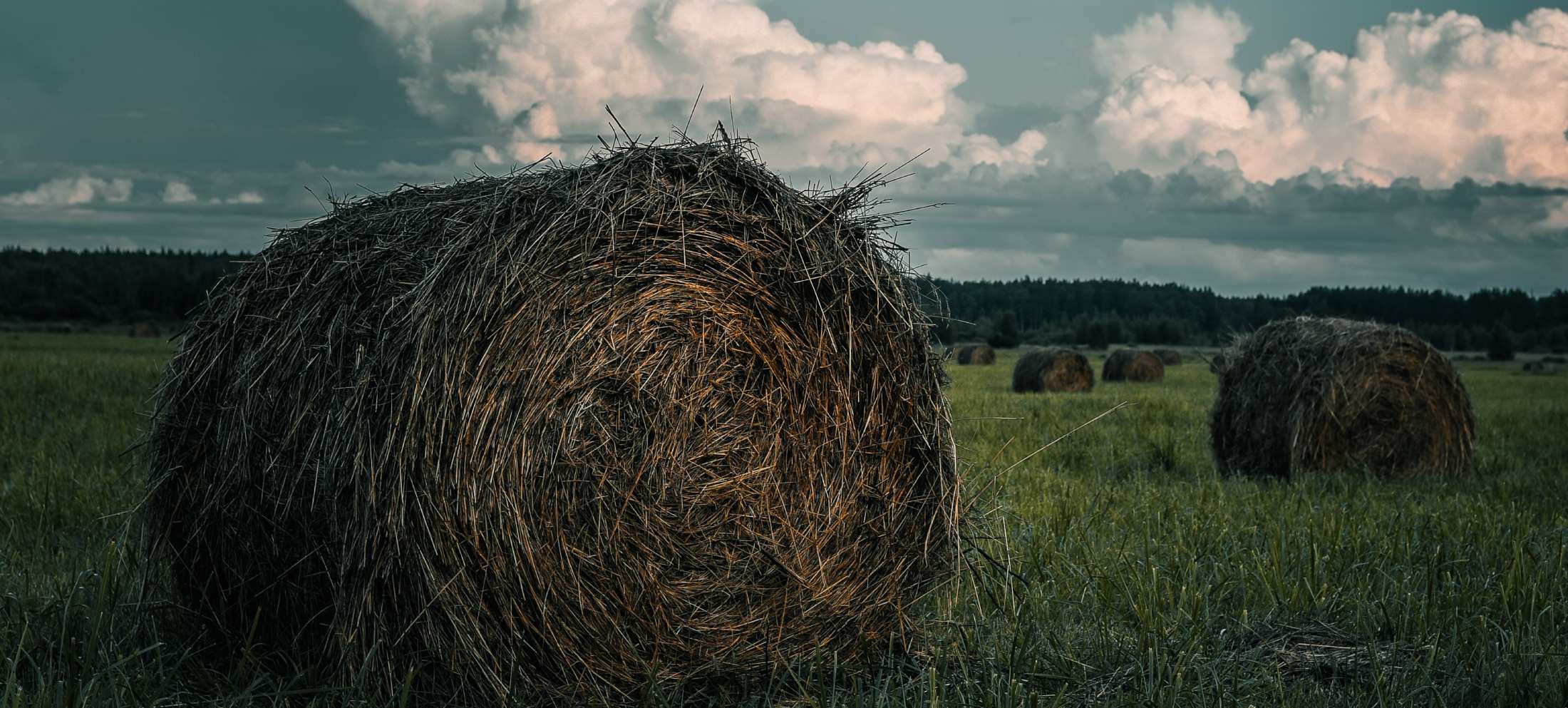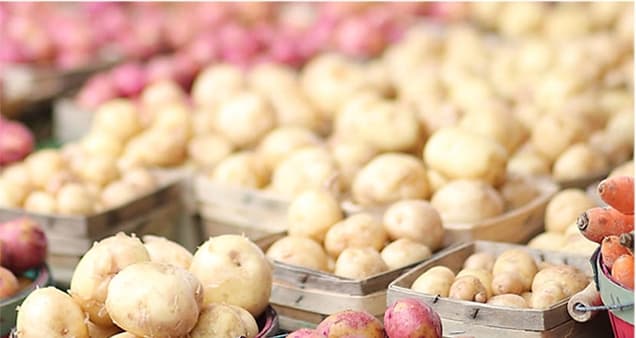
Agricultural Climate Solutions (ACS) is a multi-stream program that will help to develop and implement farming practices to help tackle climate change. ACS is a program within the Natural Climate Solutions Fund, providing more than $4 billion to support initiatives. Agriculture and Agri-Food Canada (AAFC) is partnering with Natural Resources Canada (NRCan) and Environment and Climate Change Canada (ECCC) to develop projects that invest in natural climate solutions, including the 2 Billion Trees program and the Nature Smart Climate Solutions Fund.
Agricultural Climate Solutions – Living Labs, is a $185 million, 10-year program that will expand on the initial Living Laboratories Initiative to establish a Canada-wide network of living labs. PEI was selected as the initial site for Atlantic Canada, but the new funding allows for project proposals from each Atlantic province.
The NSFA was selected to submit the funding proposal on behalf of Nova Scotia, and we will keep you posted on the status of the proposal!
In creating our proposal, we brought together farmers, scientists, and other industry partners to select and develop the projects that have the greatest opportunity to reduce our environmental footprint and enhance climate resiliency.
What makes this project so appealing are the core principals of the initiative. These initiatives focus on farmers’ needs and farmers are key collaborators throughout the process. The practices and technologies are tested on local farms under real agricultural production conditions. The Living Labs steering committee has chosen the following four projects as part of the funding proposal.
Project 1: Cover Crops in Perennial Crops
Orchards and vineyards typically maintain a strip of bare soil under the trees or vines to improve crop production. These “herbicide strips” are prone to erosion, especially on sloped fields common in vineyard production. Carbon sequestration can be enhanced by limiting the amount of exposed soil and evaluating alternative seed mixes or living mulches for both the alley ways between rows and the area directly beneath the plants. New seed mixes and mowing practices can also support beneficial insects and other pollinators.
New orchard establishment is most successful on land that has not previously been in orchard. Traditionally, land is cultivated and fumigated prior to orchard establishment. Fumigation can control destructive organisms (e.g. nematodes and other pathogens), but are also toxic to a broad spectrum of biological organisms within the soil. There is increased interest in finding alternatives to chemical fumigation and evaluating various cover crops as biofumigants that can provide growers with an alternative that is less detrimental to the soil biology, improving soil health and the wider environment.
Project 2: Cover Crops in Annual Crops
Annual cropping systems tend to have higher management intensity leading to more soil disturbance and the return of less crop residues to the soil. This can lead to the depletion of soil carbon, a reduction in soil health and a diminished overall system resiliency. Planting cover crops has been shown to build soil organic matter, reduce erosion potential, improve water holding capacity, improve nutrient cycling, fix atmospheric nitrogen and reduce denitrification (a source of greenhouse gas). Despite the many benefits planting cover crops can have, the adoption of this management practice has not been consistent across the province or across commodities.
This project will focus on, among other things, cover crop establishment best practices (e.g., species, rates, timing, nutrient requirements), the impact of soil moisture, soil temperature, termination strategies and the impact of cover crop residues on the crop rotation.
Project 3: Land Swap
High disturbance cropping systems, such as horticultural production, often have lower soil carbon compared to less disturbed systems. These systems would benefit from incorporating periods of perennial crop production, such as forages. Growing forages can increase and stabilize soil carbon and can also reduce GHG emissions. Grazing livestock cycle nutrients and deposit manure which can result in increased soil carbon, biological activity and overall fertility. Livestock producers, especially young people or new entrants, are often looking for additional land for the production of high-quality forages and grazing. In Nova Scotia, where livestock operations exist in close proximity to horticultural producers, there is an opportunity to capitalize on this mutual need through land-swapping agreements. Apart from increasing soil carbon, other benefits may include, reduced reliance on GHG intensive fertilizers (where legumes are grown) and fuels, lowered erosion potential, reduced reliance on irrigation, breaking pest/disease cycles and increasing yields/quality. Some of the challenges may include livestock transportation, fencing and access to water.
Project 4: Riparian Zones and Shelterbelts
There is a high potential to sequester carbon in riparian and shelterbelt areas. Carbon can be stored in the soil through the roots and in the woody biomass of the plant species established in these undisturbed areas. There are also many secondary benefits that these plantings will provide; including improving soil health, preserving water quality and enhancing biodiversity. This project will establish riparian zones (i.e. along a watercourse) for field crops where none currently exist and shelterbelts (i.e. in-field plantings) in wild blueberry fields.
Conclusion
The Living Labs project is a great opportunity for the NS agricultural industry to come together to identify areas where we can make changes or improvements to our management practices with the intent of helping to mitigate the negative impacts of climate change. The individual projects we submitted, areprimarily based on their potential to sequester carbon dioxide but each has the potential for many spinoff benefits including enhanced biodiversity, improved soil and water quality and increased food-production system resiliency. One of the key aspects built into this project will be effectively sharing new knowledge gained through the research with the entire industry.
If our proposal is successful, we will have a wide variety of activities to promote the research findings to increase the adoption of these BMPs including field days, coffee shop chats, workshops and publications. In addition, we will be conducting an economic analysis of all BMPs compared to business as usual to provide local financial numbers to producers so they can feel more confident when choosing to adopt new practices. The Living Lab program has huge potential to build public trust in agriculture and confidence in agriculture’s ability to address climate change.
For more information on Living Labs, or the projects that were proposed, contact: Carolyn Marshall – Environment and Climate Change Manager – cmarshall@nsfa-fane.ca



